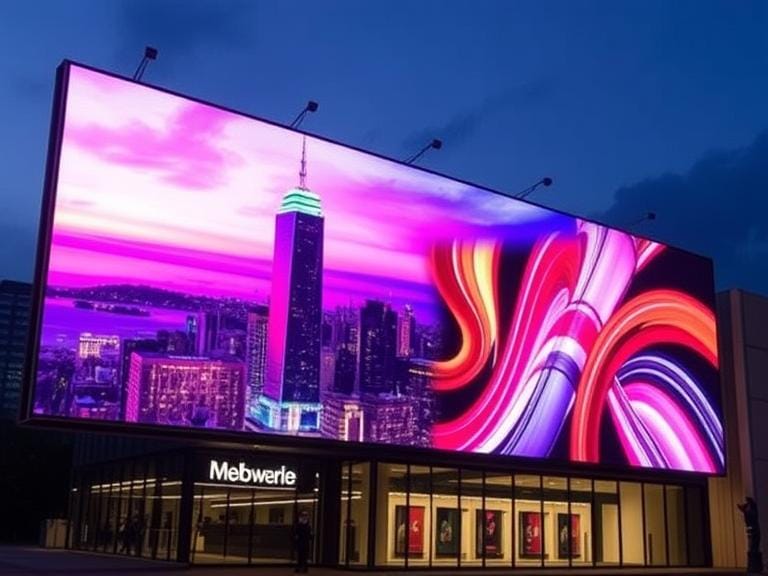The LED lighting industry has evolved dramatically over the past decade, transforming from small-scale assembly workshops into advanced, automated production facilities. At the heart of this evolution lies the LED Strip Lights factory — where design, precision, and technology converge to produce the flexible lighting solutions used across architecture, retail, automotive, and residential sectors worldwide.
This article explores how a professional LED strip light factory operates, what defines product quality, and how modern manufacturing ensures efficiency, consistency, and innovation.
1. The Structure of a Professional LED Strip Light Factory
A modern LED Strip Lights factory typically integrates multiple departments under one roof — including R&D (Research & Development), SMT (Surface Mount Technology), assembly, testing, and quality inspection. This vertical integration is key to maintaining high standards and fast turnaround times.
At the core is the SMT production line, where LED chips and resistors are mounted onto flexible printed circuit boards (FPC). Using high-speed placement machines and reflow soldering systems, the process ensures precise component alignment and strong solder joints. This is critical for electrical stability and longevity, especially for high-density LED strips where each meter may contain up to 240 LEDs.
2. Material Selection and Engineering Design
The reliability of LED strip lights begins with material quality. A professional LED Strip Lights factory carefully sources every component — from the LED chips and PCBs to adhesives and silicone coatings.
- LED Chips: Most factories use branded chips such as Epistar, San’an, or Nichia, known for high luminous efficiency and low light decay.
- FPC (Flexible Printed Circuit): Factories use double-layer copper PCBs to improve current flow and heat dissipation, which enhances product durability.
- Resistors and IC Controllers: These components stabilize voltage and color uniformity, especially for RGB and digital addressable strips (like WS2815 or SK6812).
The engineering team also customizes products based on client requirements—adjusting color temperature, voltage (5V/12V/24V), or waterproof ratings (IP20–IP68). This level of customization is what differentiates a mature factory from simple trading operations.
3. Quality Control and Testing Procedures
For a LED Strip Lights factory, quality control is not an afterthought—it is an embedded part of every production stage. From raw material inspection to final packaging, a series of standardized tests ensure each batch meets international quality standards such as CE, RoHS, or UL.
Common quality tests include:
- Aging Test: Finished LED strips are continuously lit for 24–48 hours in a temperature-controlled chamber to identify early failures.
- Voltage & Current Test: Ensures consistent brightness and stable current draw across the entire roll.
- Color Consistency Test: Spectrometers measure CCT and CRI to ensure uniformity between batches.
- Waterproof Test: For IP65–IP68 models, waterproof coatings are tested under immersion and high humidity.
- Adhesion & Flexibility Test: Verifies the bonding strength of 3M tapes and silicone encapsulation for long-term use.
By implementing ISO9001-certified production systems, factories maintain traceability and consistency, which are essential for large-volume international orders.
4. Automation and Efficiency
Automation plays a crucial role in modern LED manufacturing. Leading LED Strip Lights factories invest in automated SMT lines, optical inspection machines (AOI), and solder paste printers to minimize human error.
Automated equipment improves speed and precision, allowing production of over 100,000 meters of LED strips per day. In addition, some factories employ robotic systems for silicone extrusion, cutting, and reel packaging — ensuring uniform waterproof sealing and reducing labor costs.
5. Innovation and R&D Capabilities
Technology innovation drives competitiveness in the LED market. A strong LED Strip Lights factory doesn’t just assemble lights; it actively develops new solutions.
R&D teams work on improving luminous efficacy, color rendering, and thermal management, while also developing smart lighting products that integrate with Wi-Fi, Bluetooth, or Zigbee systems.
Emerging technologies such as COB (Chip on Board) and CSP (Chip Scale Package) LEDs are also reshaping the industry. COB strip lights, for example, feature continuous, dot-free illumination—ideal for architectural and decorative applications. A factory with advanced R&D capabilities can rapidly adopt these technologies and bring them to market faster than competitors.
6. OEM/ODM Services and Global Supply Chain
Many global lighting brands rely on Chinese manufacturers for OEM (Original Equipment Manufacturing) and ODM (Original Design Manufacturing) services. A professional LED Strip Lights factory typically offers complete customization options — from PCB width, LED density, and color configuration to packaging and branding.
With the rise of e-commerce and global distribution, efficient logistics systems have become equally important. Leading factories maintain partnerships with international freight companies and ensure compliance with import standards, helping clients streamline customs clearance and certification processes.
7. Sustainability and Energy Efficiency
Sustainability is becoming a major focus for modern factories. Energy-saving LED technologies inherently reduce power consumption, but manufacturers are now taking additional steps to minimize environmental impact.
These include:
- Implementing lead-free soldering processes.
- Using eco-friendly silicone and adhesives.
- Recycling aluminum profiles and packaging materials.
- Investing in solar-powered production facilities.
By aligning with global ESG (Environmental, Social, and Governance) goals, advanced factories attract environmentally conscious buyers and strengthen long-term partnerships.
8. Conclusion: The Future of LED Strip Light Manufacturing
The future of the LED lighting industry will be defined by precision, customization, and sustainability. As demand for smart and flexible lighting grows, the LED Strip Lights factory will continue to evolve — integrating digital control systems, AI-driven inspection, and fully automated production lines.
From material engineering to intelligent lighting systems, these factories are not just production sites; they are the foundation of modern illumination technology. For global buyers, partnering with a reliable and innovative manufacturer ensures not only stable supply but also long-term competitive advantage in an increasingly dynamic lighting market.

